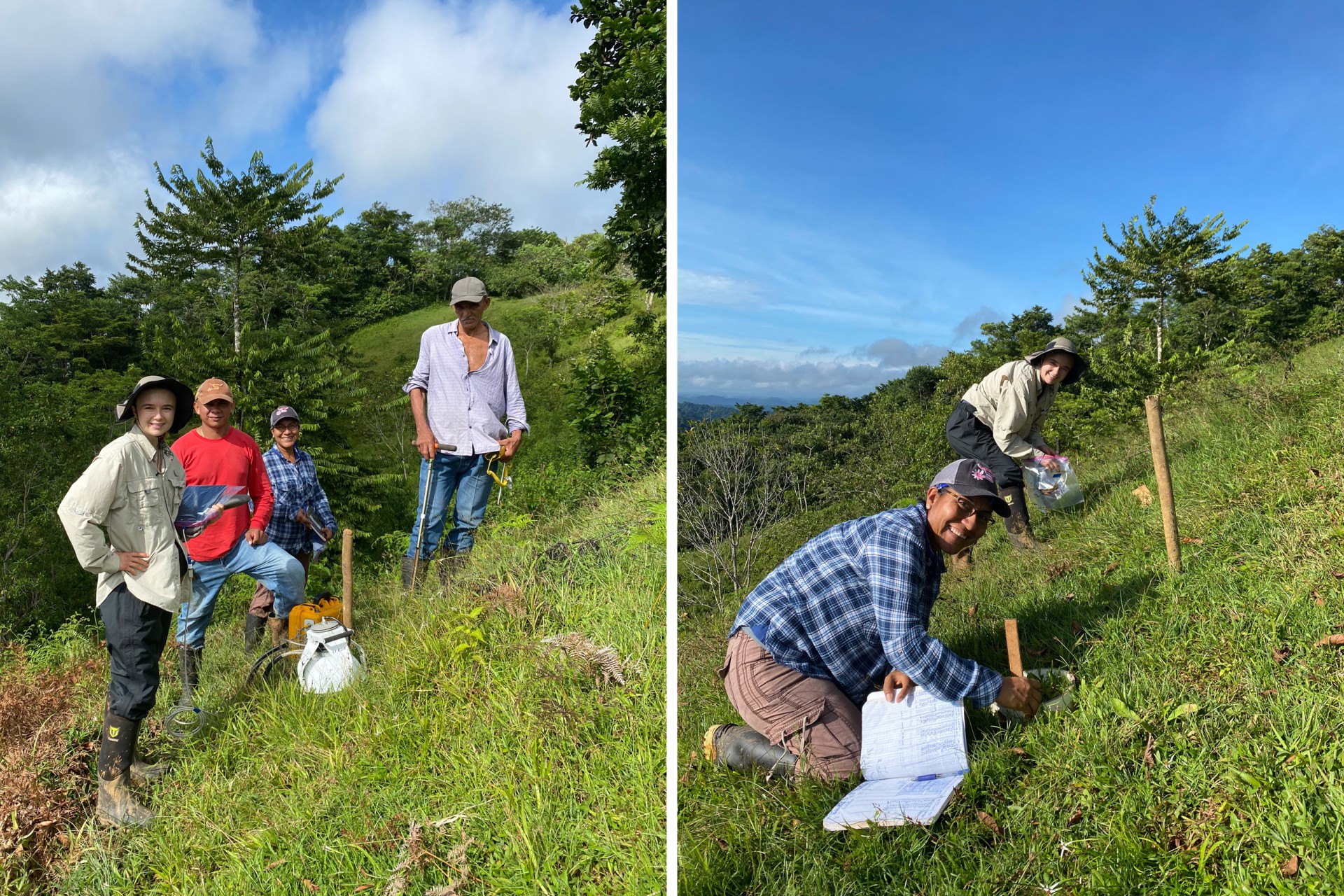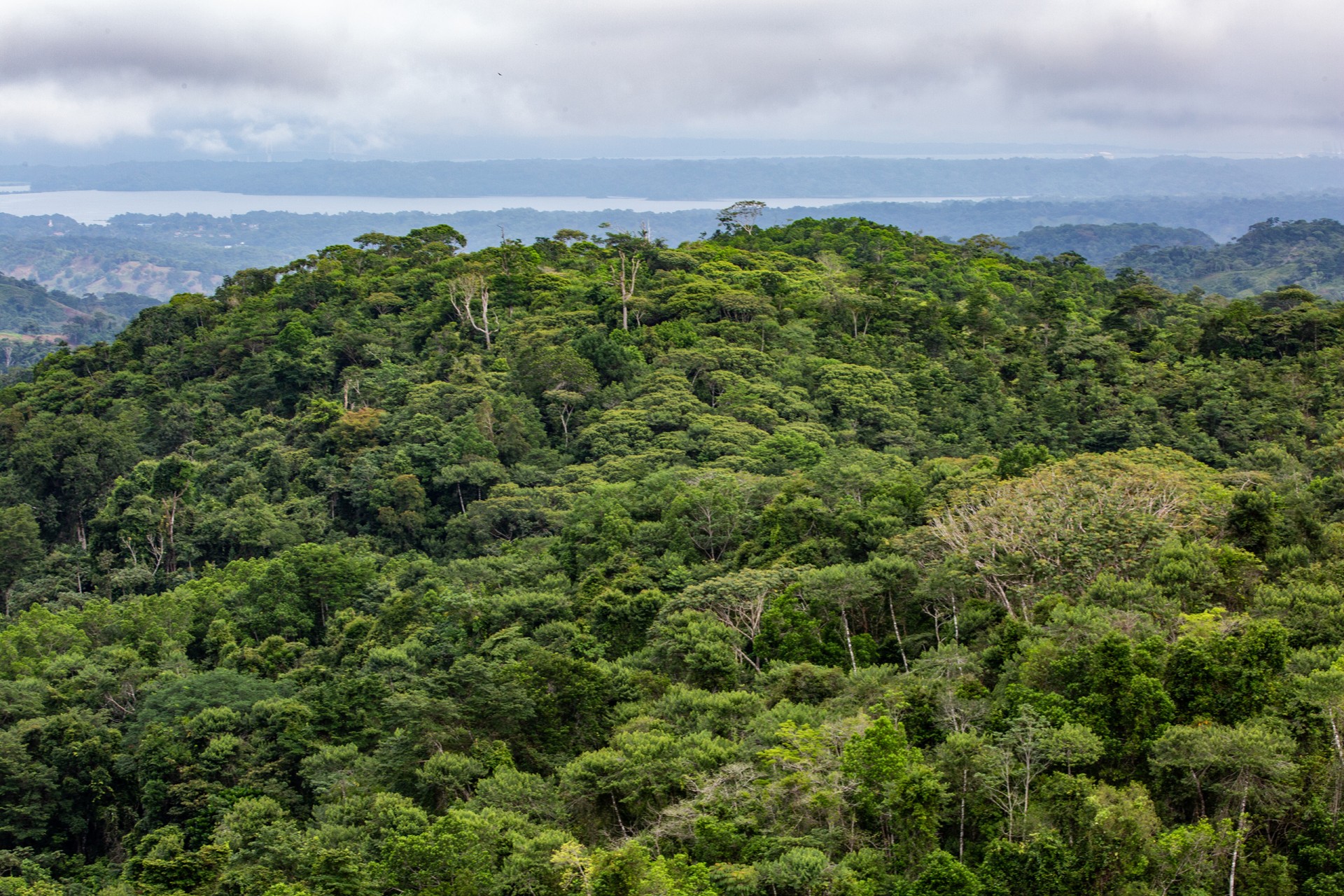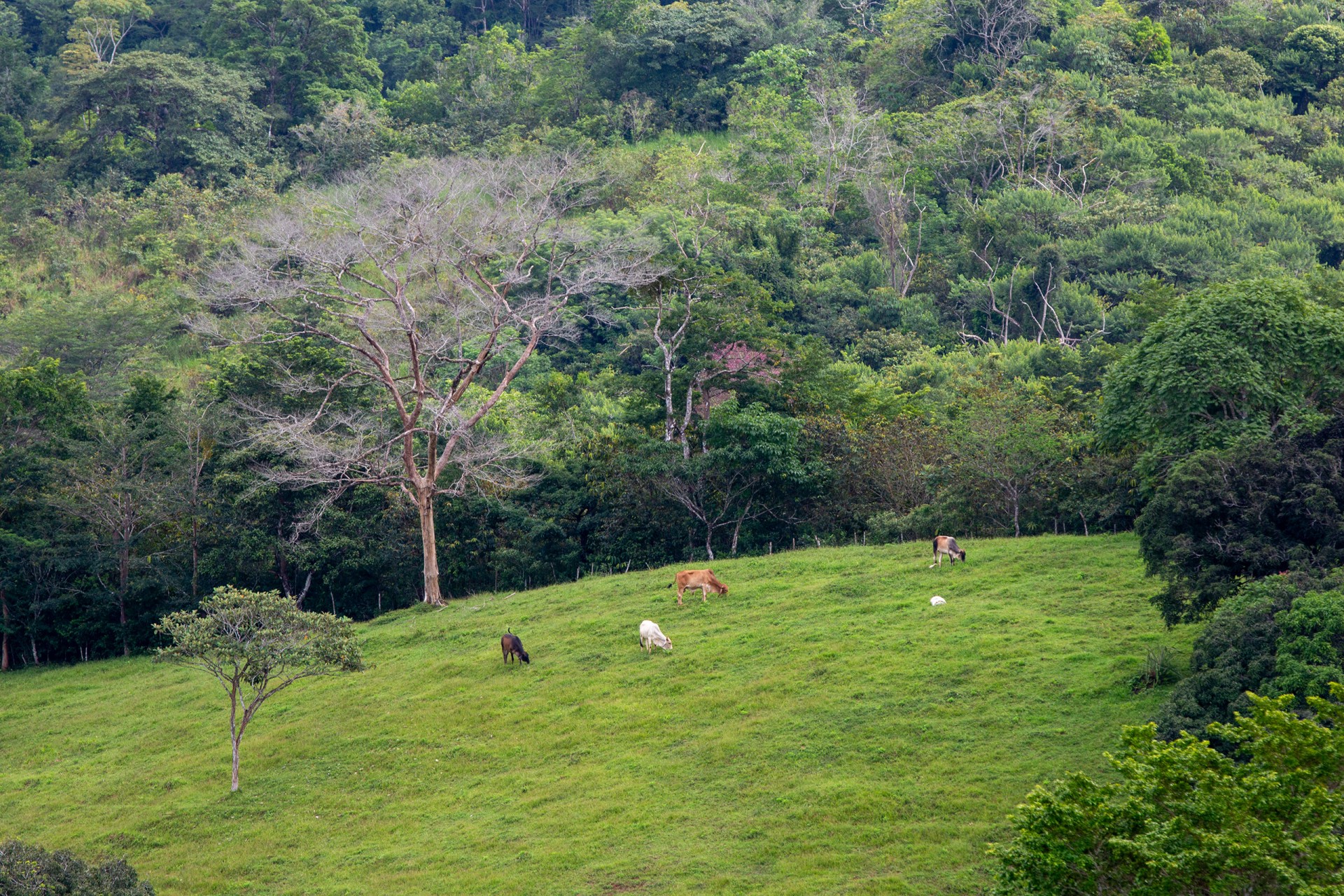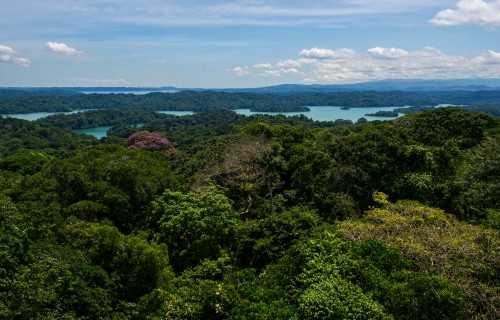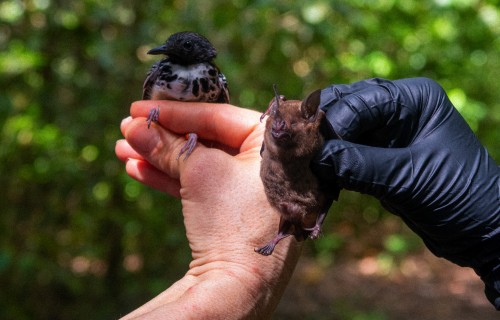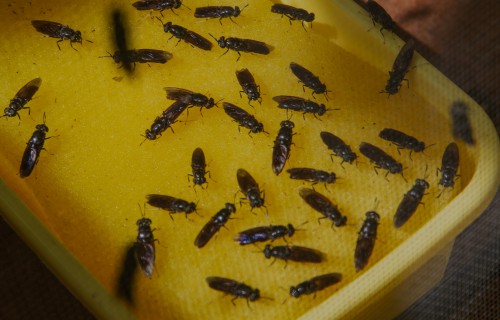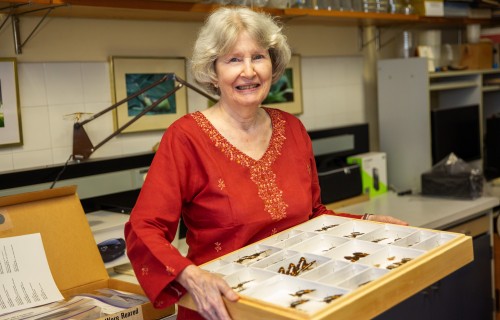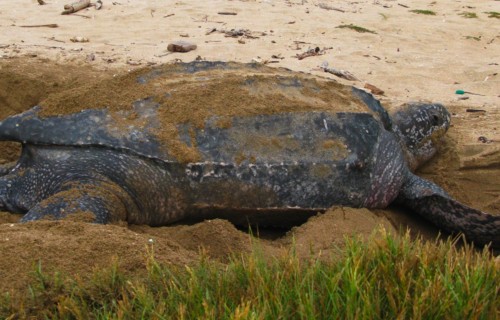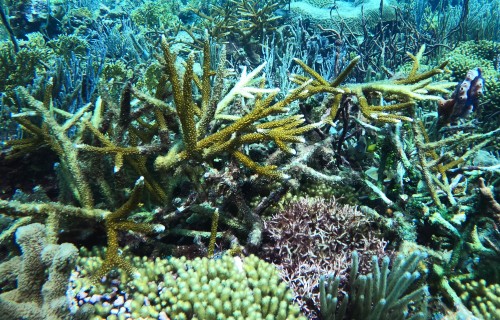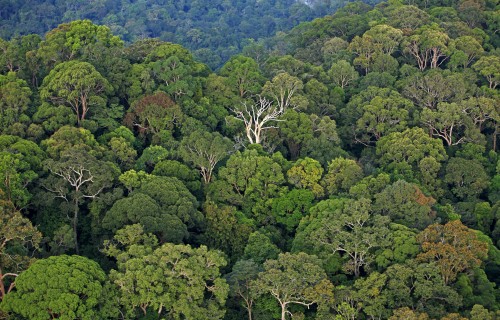Above the tropical forest canopy,
sensors capture the fluxes of gases
between the trees and the atmosphere
Cooling CO2
Emissions
Can we reduce carbon dioxide emissions by simply allowing forests to recover?
By Beth King
Regrowing tropical forests emit significantly lower soil carbon dioxide than cattle pastures.
Just as we do, roots and microbes in soils breathe out carbon dioxide gas—an important cause of global warming. Tropical soils release 10 times more carbon dioxide into the atmosphere each year than all our burning of fossil fuels. In warm, wet tropical soils, carbon dioxide emission rates are some of the highest on Earth. Researchers at the Smithsonian Tropical Research Institute and University of California, Berkeley asked how regrowing tropical forests on pastureland changed the quantity of carbon released from soils. The amount of the reduction in soil carbon emissions, published in the journal Forest Ecology and Management, was unexpected.
“We were surprised that the amount of carbon dioxide released from the soil dropped nearly two-fold in young forests when compared to pasture,” said Claire Beckstoffer, first author and former undergraduate student in Whendee Silver’s lab at the University of California, Berkeley.
Claire Beckstoffer and her team measured carbon dioxide released from soils at sites from active pasture to 7-year-old forest, to 24-32-year-old forest, to more than 80-year-old forest regrowth. They also measured factors that might explain differences in carbon dioxide emissions, such as soil temperature, wetness, organic carbon content and soil mass.
(Left) Claire Beckstoffer, co-author, UC Berkeley, with Agua Salud Project staff Guillermo Fernández, Johana Balbuena and Victorino Montenegro. (Right) Johana Balbuena, Agua Salud project research technician, and Claire Beckstoffer, co-author, UC Berkeley, working with soil in a tropical pasture.
Credit: Jefferson Hall, STRI
Pasture soils released the highest amounts of carbon dioxide—and the difference between pasture and forested soils was much more striking that the differences between forests of different ages.
“Of all of the measurements we took, temperature differences were most extreme between active pasture and the forests of different ages,” said co-author Whendee Silver, professor of Ecosystem Ecology and Biogeochemistry at UC Berkeley, “so we think that the warmer temperatures experienced by soils in pastureland may be what explains the higher carbon dioxide emissions.”
“Few studies have looked at carbon emissions in secondary tropical forest soils, and most studies ignore the pasture to forest transition,” said Claire Beckstoffer.
Jefferson Hall, coauthor and director of the Agua Salud Project, the largest reforestation experiment of its kind in the tropics, a 700- hectare area that drains into the Panama Canal where researchers compare water flow, carbon storage and biodiversity across a number of different land use options, added: “Claire found a two-fold decline in carbon emissions, from 10 micromoles per square meter per second from pastures to 5 micromoles per square meter per second from forested land. This is huge! Granted she conducted her research in the wet season and so was unable to capture seasonal differences. But think about the scaling implications on the carbon cycle and CO2 balance: Simply allowing the forest to regrow, you get a quick win as pastures transition to forests through natural, passive forest restoration.”
Reference:
Claire Beckstoffer, Jefferson Hall, Whendee L. Silver. 2024. Rapid recovery of soil respiration during tropical forest secondary succession on former pastures. Forest Ecology and Management.

